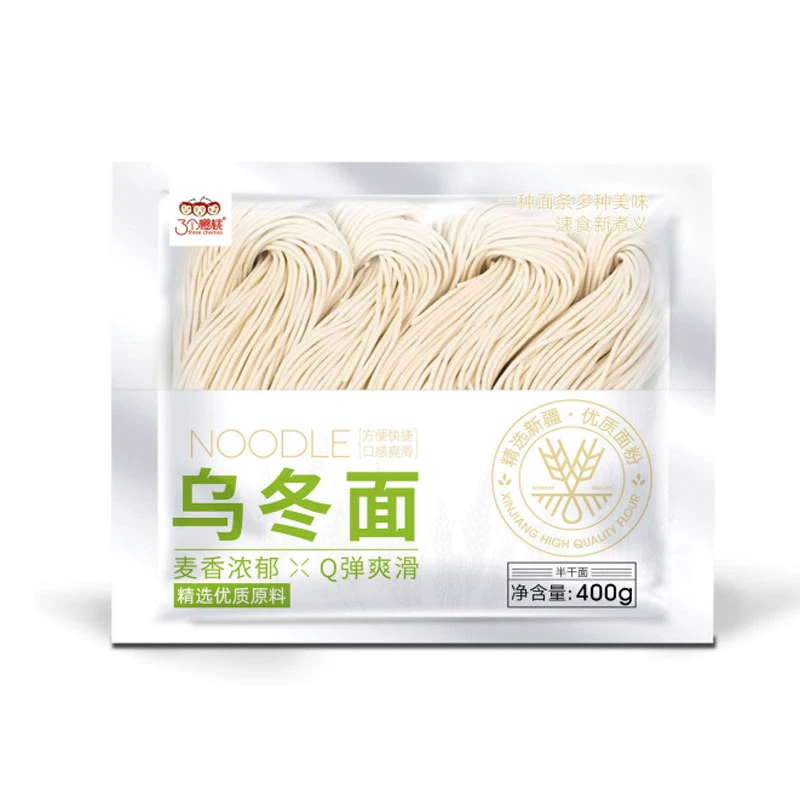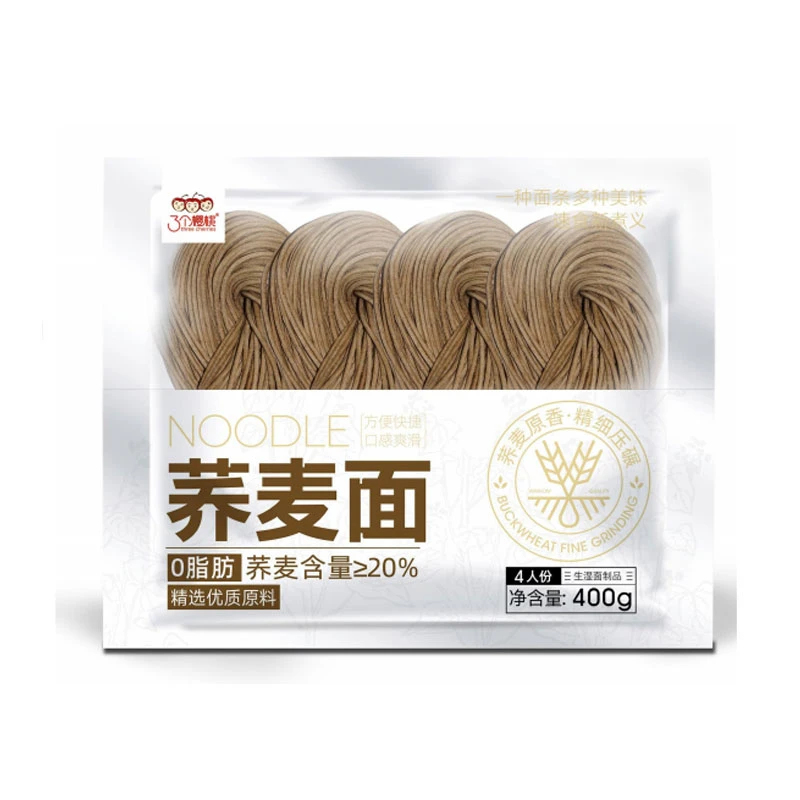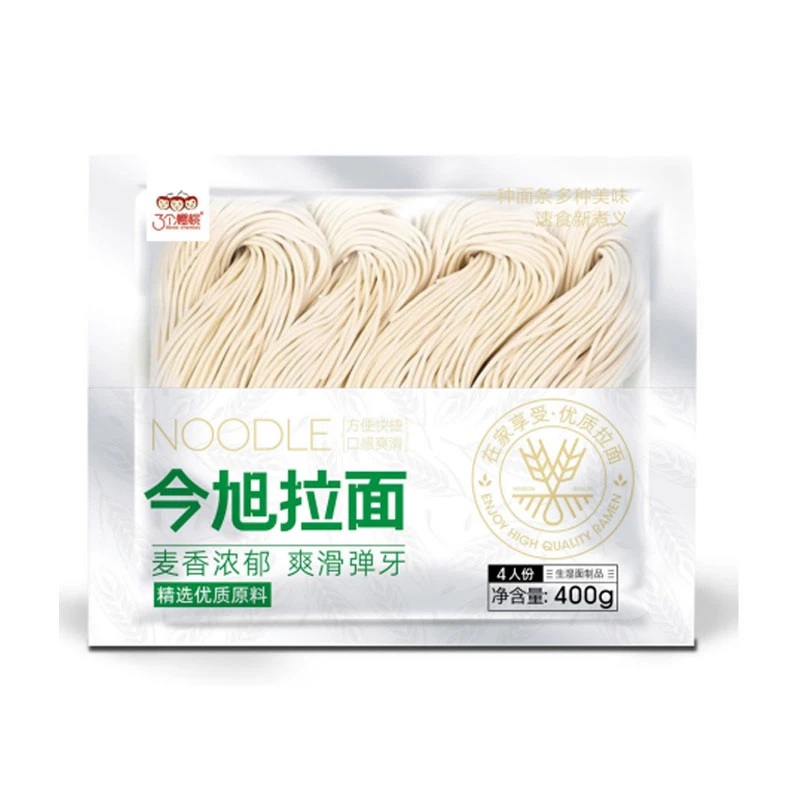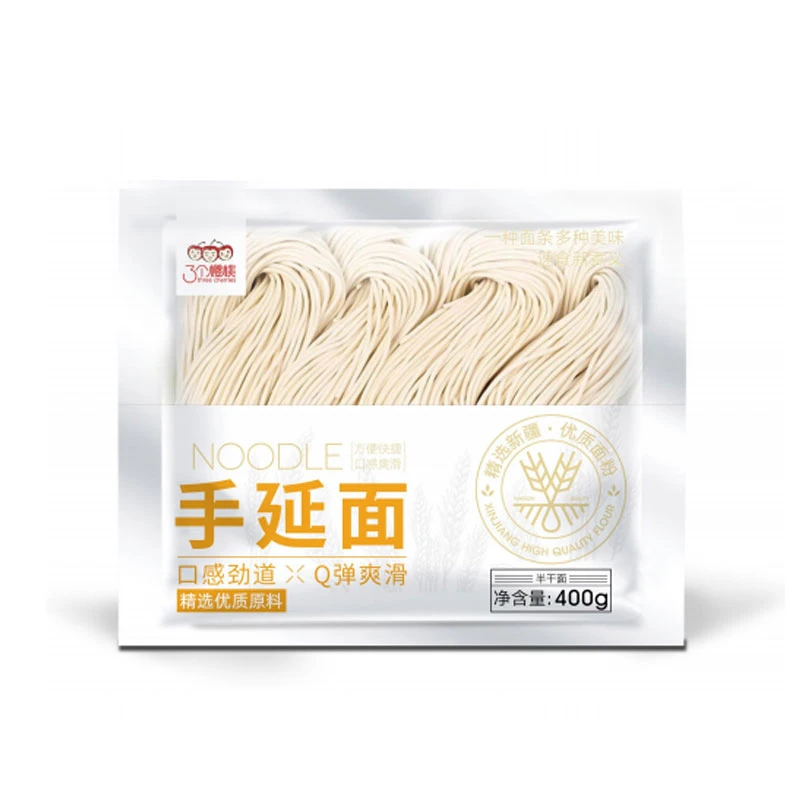Types of Cold Noodles
As summer heat intensifies and appetites crave something light and refreshing, the world turns to various types of cold noodles to satisfy hunger without overwhelming the senses. These dishes, which span continents and cultures, showcase the diversity of chilled noodle preparations—each with its own unique ingredients, textures, and historical significance.
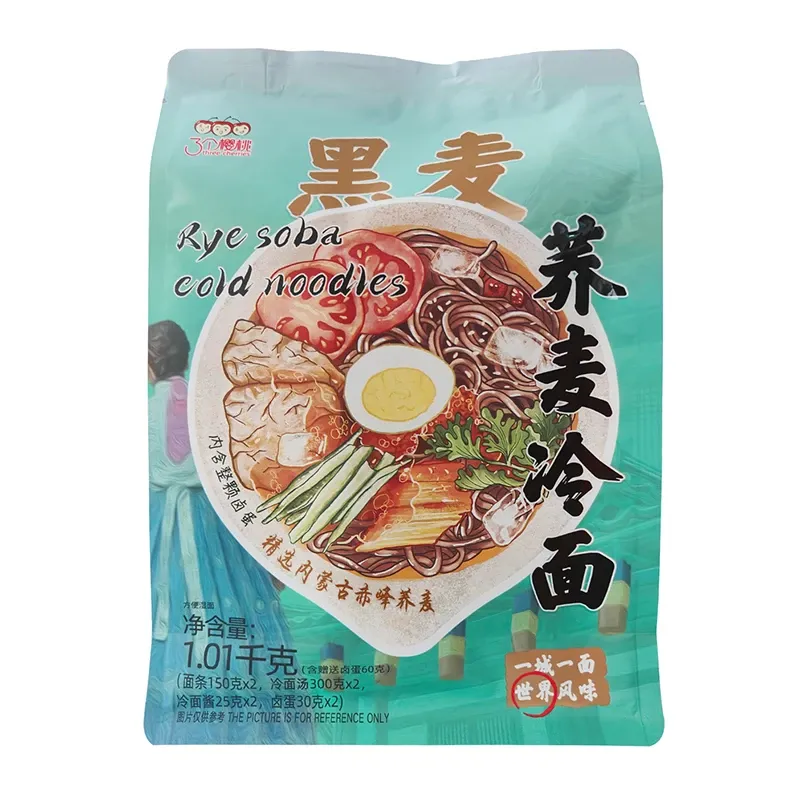
In Asia alone, types of cold noodles range from the chewy Korean naengmyeon to delicate Japanese somen and hearty Chinese liangpi. Each noodle dish is typically served chilled, sometimes even with ice, paired with refreshing broths, dipping sauces, or toppings like cucumber, pickled radish, and boiled eggs.
Cold Italian pasta salads and Mediterranean orzo bowls also fall under the global umbrella of types of cold noodles, offering Western interpretations of this universally loved style of dish. These often feature vinaigrettes, fresh vegetables, cheese, and protein-rich ingredients such as grilled chicken or tuna.
What unites all types of cold noodles is their ability to cool the body while remaining satisfyingly flavorful and nourishing. They are not only a perfect solution for hot climates but also serve as convenient make-ahead meals for busy individuals or outdoor gatherings.
Whether served in minimalist style or loaded with garnishes and condiments, types of cold noodles are a celebration of texture, temperature, and taste.
Buckwheat Cold Noodle: A Healthy and Hearty Cooling Choice
Among the many chilled noodle varieties, the buckwheat cold noodle stands out for its deep, nutty flavor and impressive nutritional profile. Commonly known as soba in Japan and naengmyeon in Korea, the buckwheat cold noodle is more than just a delicious summer dish—it’s a health-conscious choice embraced around the world.
Made primarily from buckwheat flour, with some recipes including a small amount of wheat flour for elasticity, buckwheat cold noodle dishes are rich in fiber, protein, and essential minerals. Buckwheat is naturally gluten-free and has a low glycemic index, making it ideal for those seeking healthier carbohydrate alternatives.
In Japan, cold soba is often served on a bamboo tray with a dipping sauce called tsuyu, accompanied by wasabi, scallions, and shredded nori. The Japanese version emphasizes simplicity and pure flavors. Meanwhile, in Korea, buckwheat cold noodle dishes like mul-naengmyeon come with a cold, tangy broth made from beef, dongchimi (radish water kimchi), or both—offering a more robust flavor experience.
These noodles are usually firm and elastic, delivering a satisfying chew that pairs perfectly with chilled broth or sauces. Whether you’re enjoying a quick lunch or preparing an elegant dinner, the buckwheat cold noodle is a versatile base that can be customized with fresh vegetables, eggs, meats, or tofu.
The rising global demand for wellness-focused foods has brought buckwheat cold noodle varieties to mainstream markets and health food stores, both fresh and dried. For those looking for satisfying yet nourishing meals during hot seasons, this noodle is a top contender.
Cold Noodles in China: Regional Specialties That Beat the Heat
Few culinary cultures embrace chilled dishes quite like China, where cold noodles in China are more than a seasonal meal—they’re an expression of regional identity and creativity. Found in every province, from the humid south to the arid northwest, cold noodles in China come in countless variations tailored to local palates and ingredients.
One of the most iconic versions is Liangpi, a specialty of Shaanxi province. Made from wheat or rice starch, these wide, translucent noodles are served with chili oil, vinegar, garlic, cucumber, and sometimes gluten chunks (mianjin). The result is a spicy, tangy, and texturally rich dish that’s both refreshing and hearty.
Another notable example is Sichuan cold noodles, typically prepared with chewy wheat noodles tossed in sesame paste, soy sauce, and Sichuan chili oil. Often topped with julienned vegetables and crushed peanuts, this version reflects the bold, numbing spice profile that Sichuan cuisine is famous for.
In the northeast, cold noodles in China include chilled mung bean noodles or potato starch noodles served with pickled vegetables, garlic soy dressing, and sometimes chilled broth. These are particularly popular in summer festivals and night markets.
Whether served with tangy vinegar, rich sesame paste, or aromatic chili oil, cold noodles in China are a must-try for anyone looking to explore authentic flavors. With more Chinese restaurants and specialty stores offering these dishes overseas, international diners can now enjoy the complexity and refreshment of Chinese cold noodle cuisine at home.
Naengmyeon Noodles Buy: The Korean Chill that’s Worth the Search
If you’re on a quest for the ultimate summer dish, few options compare to Korean naengmyeon. To enjoy it authentically, many consumers are turning to online markets and specialty grocers with a specific goal in mind: naengmyeon noodles buy. These chewy, tangy, and incredibly satisfying noodles are now more accessible than ever before.
Naengmyeon noodles buy options include both fresh and pre-packaged varieties. Originally from North Korea, naengmyeon gained nationwide popularity after the Korean War. The noodles are made from buckwheat, arrowroot, or sweet potato starch, giving them a signature chewiness that stands up well to cold broths and sauces.
There are two primary styles: mul-naengmyeon (cold broth version) and bibim-naengmyeon (spicy mixed version). Mul-naengmyeon comes in an icy beef or radish broth, garnished with sliced beef, cucumber, pear, and hard-boiled egg. Bibim-naengmyeon, by contrast, skips the broth and instead offers a spicy-sweet red pepper sauce that’s vibrant and bold.
When looking for naengmyeon noodles buy options, it’s important to consider the quality of the noodles and the included soup base or sauce. The best products often come from reputable Korean brands like Nongshim or Pulmuone, offering a balance of authenticity and convenience.
Whether you’re preparing a Korean meal at home or cooling down with a spicy twist on salad, naengmyeon noodles buy solutions make it easy to recreate this iconic dish in your own kitchen—no matter where you are in the world.
Where to Start with Types of Cold Noodles: Easy Dishes for First-Timers
If you’re new to the chilled noodle scene, don’t worry—starting with beginner-friendly dishes from the wide array of types of cold noodles is easier than you might think. These dishes are not only refreshing and delicious but also generally simple to prepare, even if you’re not an experienced cook.
For a foolproof entry point, try Japanese cold soba. This buckwheat cold noodle dish requires only boiling the noodles, cooling them in ice water, and serving them with a store-bought tsuyu dipping sauce. Add scallions, nori, and a touch of wasabi for a clean, elegant meal.
Another excellent introduction is Korean bibim-naengmyeon. With pre-packaged naengmyeon noodles buy kits, you can enjoy chewy noodles tossed in spicy gochujang-based sauce, topped with cucumber and boiled egg. It’s bold, tangy, and satisfying—ideal for those who love flavor-packed dishes.
If you prefer something Chinese, go for liangpi or Sichuan-style cold noodles in China. Both are easy to replicate with fresh or dried noodles and pantry staples like soy sauce, vinegar, chili oil, and sesame paste. They offer bold flavor without a complicated ingredient list.
Cold pasta salads—perhaps the most Western take on types of cold noodles—are a great beginner dish. Mix cooked pasta with fresh veggies, vinaigrette, and protein for a light lunch or dinner option.
Start with these easy recipes and soon you’ll find yourself exploring new variations, from Vietnamese bun cha to Thai cold noodle salads. The beauty of types of cold noodles lies in their adaptability, ease, and endless combinations.
FAQs About Cold Noodles
What are the most popular types of cold noodles around the world?
Some of the most well-known types of cold noodles include Japanese soba, Korean naengmyeon, Chinese liangpi, and Italian pasta salads. Each version features different ingredients and sauces, but all are served chilled and designed to be refreshing. These dishes are popular during warm seasons or in hot climates where light, cool meals are preferred.
How healthy is a buckwheat cold noodle dish compared to wheat noodles?
A buckwheat cold noodle dish is generally considered healthier than one made with refined wheat flour. Buckwheat is high in protein, fiber, and antioxidants. It also has a lower glycemic index, making it ideal for people managing blood sugar levels. It's also gluten-free (if pure), making it a good option for gluten-sensitive individuals.
Where can I find authentic cold noodles in China if I'm traveling there?
You can find cold noodles in China at local restaurants, street food vendors, and regional noodle shops. Cities like Xi’an (for Liangpi), Chengdu (for Sichuan cold noodles), and Harbin (for northeastern styles) offer rich culinary experiences. If you’re abroad, look for Chinese grocery stores or restaurants specializing in regional cuisine.
What’s the best way to prepare packaged naengmyeon noodles?
For store-bought naengmyeon noodles buy kits, follow the package instructions carefully. Typically, you’ll boil the noodles, rinse them under cold water until firm, and then add the included broth or sauce. Serve with optional toppings like sliced beef, cucumber, Korean pear, or boiled egg for an authentic experience.
Are cold noodles suitable for meal prep and storage?
Absolutely. Many types of cold noodles are ideal for meal prep. After cooking, rinse noodles in cold water, toss them in a little oil to prevent sticking, and store in the refrigerator. Keep broths and sauces separate until ready to serve. This keeps the texture fresh and prevents sogginess. Cold noodles can usually last 2–3 days when stored properly.
-
Wholesale Ramen Noodles SuppliersחֲדָשׁוֹתAug.27,2025
-
אטריות סובה אורגניותחֲדָשׁוֹתAug.27,2025
-
Organic Ramen Noodles BulkחֲדָשׁוֹתAug.27,2025
-
Improving Foodservice: A Wholesale Buyer’s Guide to Fresh PastaחֲדָשׁוֹתAug.27,2025
-
Dragon Chuka Soba NoodlesחֲדָשׁוֹתAug.27,2025
-
A Timeless Treasure of Northwestern ChinaחֲדָשׁוֹתAug.27,2025
-
Soba Noodles for SaleחֲדָשׁוֹתAug.27,2025
עיין במוצר הבא חדש ב-we













































































































